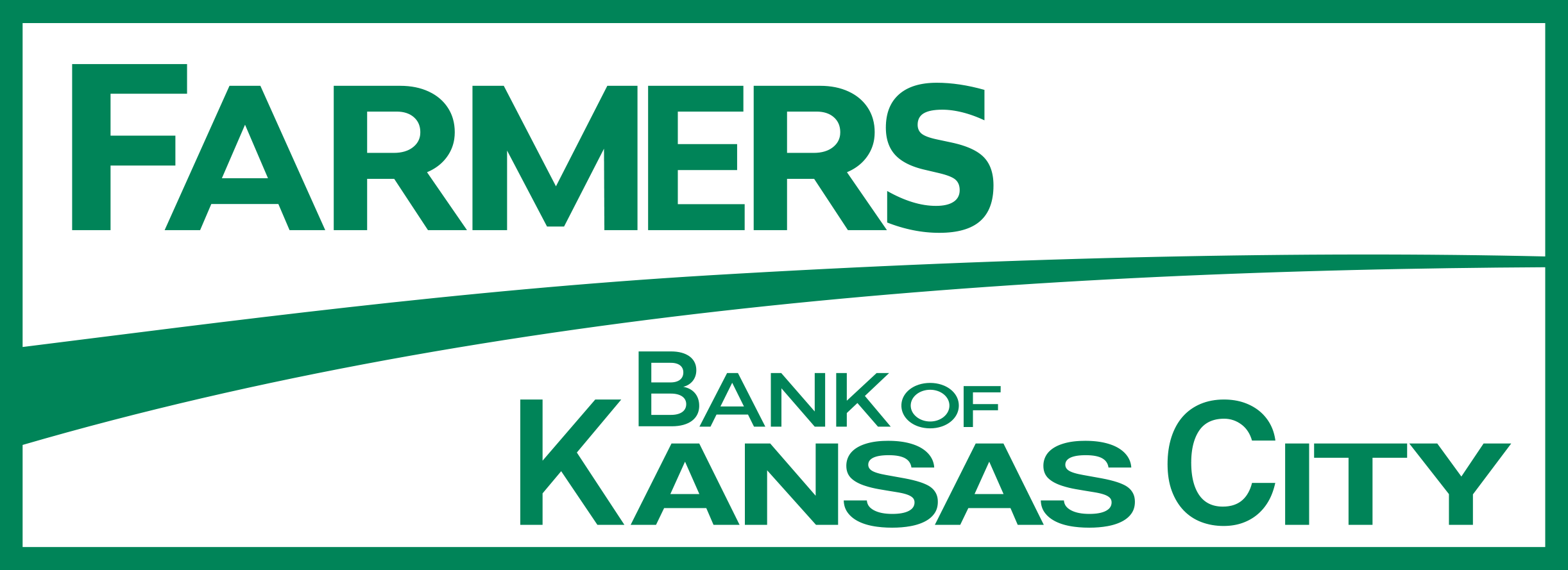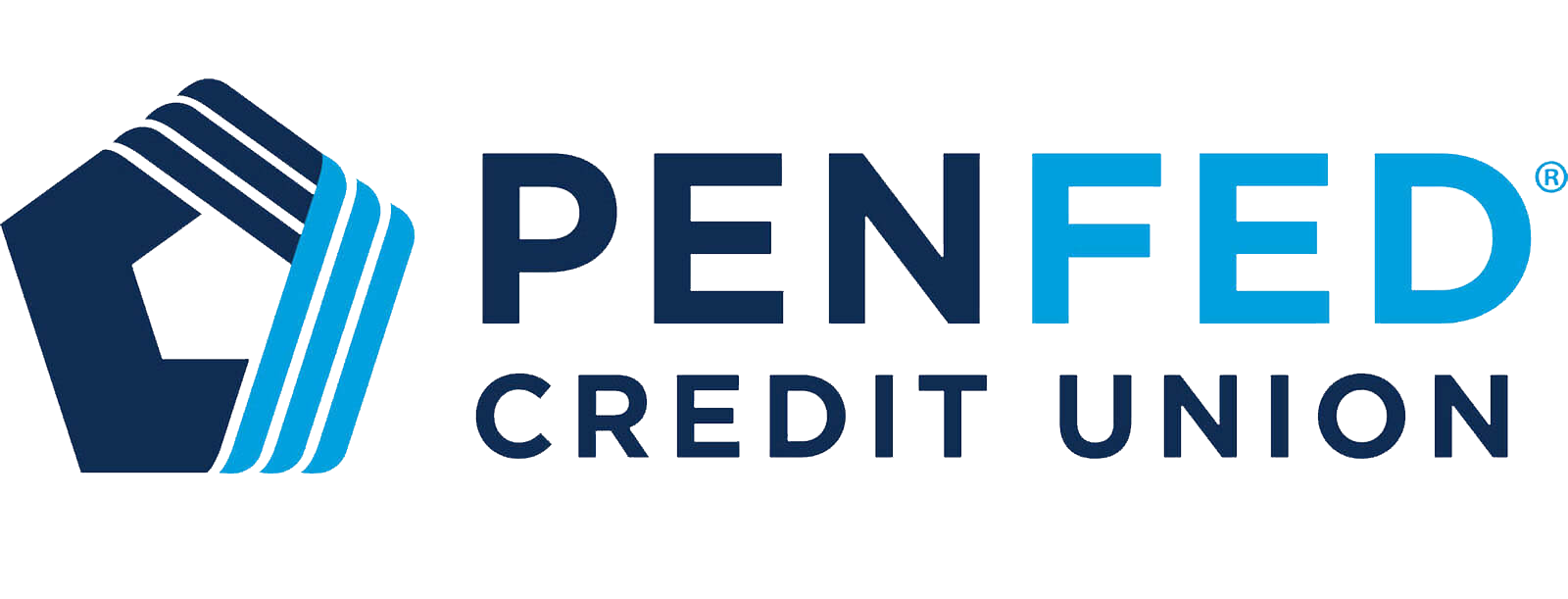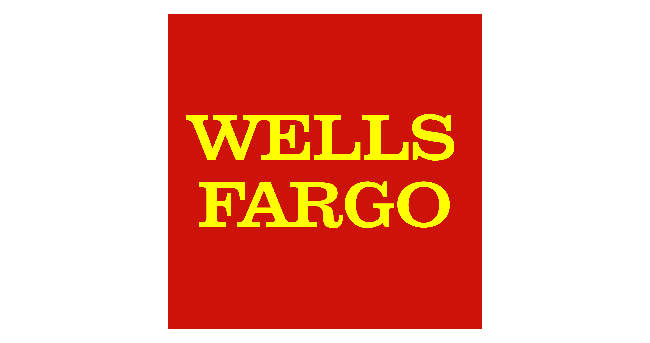
Rates data is based on a borrower with good credit, a conforming loan amount (at least $200,000 but less than the national conforming loan amount), and a loan-to-value ratio of less than 80% (For purchase loans, this corresponds to a down payment of 20% or more). © Zillow, Inc., 2006-2016. Use is subject to Terms of Use
U.S. News Expert Insights
“Mortgage rates remain uncomfortably high ahead of the spring homebuying season, offering little reprieve for buyers who have been holding out for lower rates. Although the labor market has shown signs of weakness in recent months as the unemployment rate rises, inflation is still running hotter than Federal Reserve policymakers would like to see before moving forward with their planned rate cuts.
“Given the recent data on employment and inflation, many forecasters have adjusted their expectations for when mortgage rates will fall – and by how much. Fannie Mae previously expected that the 30-year fixed rate would drop below 6% at the end of 2024, but it now expects rates to stay above 6% through 2025. Wells Fargo also revised its forecast upward in anticipation of higher-for-longer interest rates.
“In the meantime, spring homebuyers will be stuck with higher mortgage rates and a limited inventory of homes, with rate-locked homeowners reluctant to sell. But on the bright side, high rates are likely to dampen demand, so those who buy a house now could face less competition. Meanwhile, buyers who are waiting for rates to fall will likely have some company.”
– Erika Giovanetti, U.S. News Loans Expert
Average Mortgage Rates, Daily
Product |
Interest Rate |
APR |
|---|---|---|
|
30 Year Fixed |
6.616% |
6.694% |
|
20 Year Fixed |
6.334% |
6.435% |
|
15 Year Fixed |
5.694% |
5.825% |
|
10 Year Fixed |
5.514% |
5.69% |
|
30 Year Refinance |
7.231% |
7.333% |
|
15 Year Refinance |
5.875% |
6.079% |
|
5 Year ARM |
6.608% |
7.635% |
|
3 Year ARM |
6.125% |
7.204% |
|
Jumbo |
6.867% |
6.935% |
|
VA |
5.713% |
6.086% |
|
FHA |
5.7% |
6.482% |
Updated: 3/29/2024
Rates data is based on a borrower with good credit, a conforming loan amount (at least $200,000 but less than the national conforming loan amount), and a loan-to-value ratio of less than 80% (For purchase loans, this corresponds to a down payment of 20% or more). © Zillow, Inc., 2006-2016. Use is subject to Terms of Use
An adjustable-rate mortgage, or ARM, is a home loan with an interest rate that can change over the life of the loan. The most prevalent type of adjustable-rate mortgage is called a hybrid ARM. There is an initial interest rate on the loan for a set period of time before the interest rate can change. Hybrid loans are expressed as a fraction: The first number tells the length of time in years the interest rate will remain fixed and the second number tells how often the interest rate will adjust after the fixed period.
With a 5/1 ARM, the initial interest rate is locked in for the first five years of the loan and then it is subject to change once per year after that. The most common fixed-term periods for hybrid loans are three, five, seven and 10 years.
Index + Margin = Your Interest Rate
To calculate the interest on your loan after the fixed-rate period, lenders use a benchmark index as a measure of interest rates. Many lenders use the Constant Maturity Treasury index or the U.S. prime rate, according to the Consumer Financial Protection Bureau.
Lenders will also add a margin, or an extra percentage, to the index. Margins are determined by a number of factors, including the amount of the loan and your creditworthiness. Margins may vary from lender to lender, so it’s a good idea to shop.
Rate Cap Structure
Adjustable-rate mortgages include several kinds of caps to control how high or low your interest rate can go.
- Initial adjustment cap. This cap limits how much the interest rate can increase the first time it adjusts after the fixed-rate period.
- Subsequent adjustment cap. This cap limits how much the interest rate can increase in the adjustment periods after the first one.
- Lifetime adjustment cap. This cap limits how much the interest rate can increase during the entire life of the loan.
Just like margins, rate cap structures may vary from lender to lender, so be sure to shop around for different rate caps.
Calculate Your Mortgage Payment
An initial payment made when the home is bought.
The amount of time you have to repay the mortgage.
The APR (annual percentage rate) you pay to the lender, which can be found in your loan agreement. The default displayed represents yesterdays national average APR for 30-year fixed mortgages.
Payment Details
Monthly Payment Breakdown
An adjustable-rate mortgage typically will start with a lower interest rate than a fixed-rate mortgage. It can be risky to stick with an ARM since you don’t know how much the interest rate will increase after the fixed period.
You can refinance before your fixed-rate period is over, but that comes with its own drawbacks. You’ll need to pay closing costs to refinance, and it’s not guaranteed that rates will have fallen in the meantime. Your financial situation could also change, and you could have trouble qualifying for more competitive rates if you refinance.
It may make the most sense to get a 5/1 ARM if you plan on selling your home before the fixed-rate period is over. If you sell your home before your rate adjusts, you reduce the risks of rising rates and higher monthly payments.
Pros
-
Lower initial interest rate than a fixed-rate loan.
-
Rate cap structure prevents quick, drastic changes in your monthly payments.
-
Five years to refinance or sell your home.
Cons
-
Interest rate and monthly payments may increase after the five-year period.
-
Your future financial situation could hinder your ability to refinance at a competitive rate or make larger payments.
-
Lack of stability and added complexity.
Compare Top Mortgage Lenders
|
|||||
|
|||||
|
When you shop for an adjustable-rate mortgage, the two most important aspects to know are the margin the lender charges and the structure of its rate caps. The lower the margin is, the less your monthly payment will be.
The rate cap structure can vary from lender to lender. For example, some lenders may have an initial adjustment cap of two percentage points, while others may set it to five percentage points. The lifetime adjustment cap is most commonly five percentage points, though some lenders may set it higher. It is important to note since it represents the maximum amount the interest rate can increase across the entire life of the loan.
The repayment structure of an adjustable-rate mortgage can be complex, so make sure you understand the terms of your loan before signing. Here are some key questions you should be able to answer about your adjustable-rate mortgage
:
- What is your introductory interest rate and how long does it stay fixed?
- How often can your interest rate change after the introductory period?
- What margin is the lender charging?
- What are the initial, subsequent and lifetime adjustment caps of the loan?
Unlike an adjustable-rate mortgage, a fixed-rate mortgage has a locked-in interest rate for the entire life of the loan. Although the introductory period of an adjustable-rate mortgage may have a lower interest rate, a fixed-rate mortgage comes with the stability of knowing your monthly payments will never increase. You can also refinance your fixed-rate mortgage if interest rates drop below your current rate.
Whether a fixed- or adjustable-rate mortgage is best for you depends on your situation. If you plan on selling your house before the introductory period is over, you expect an increase in future earnings or you have confidence in refinancing your loan, an adjustable-rate mortgage may be right for you. If you’re not looking to sell your home in the foreseeable future and you want more stability in your mortgage, a fixed-rate mortgage may be better.















